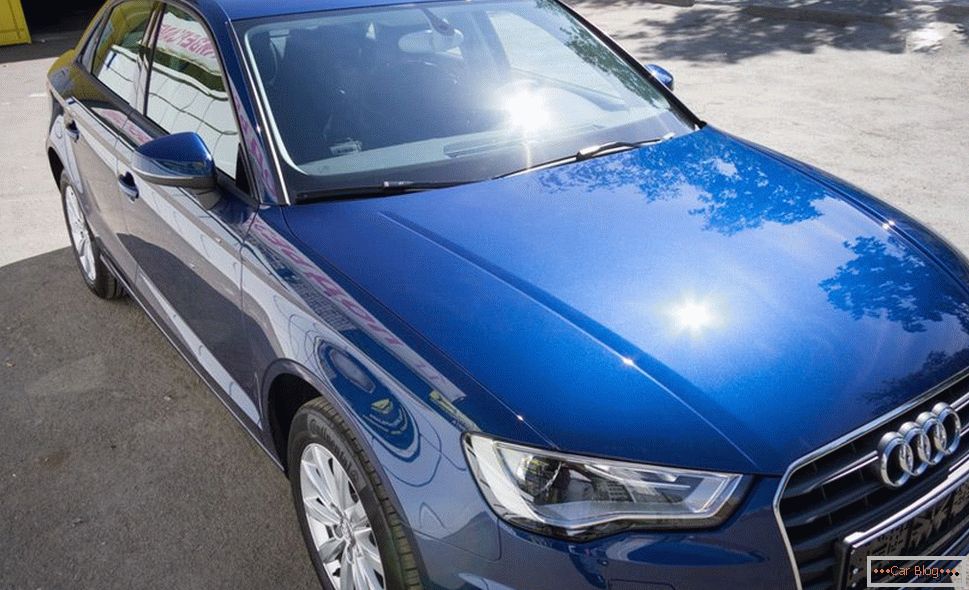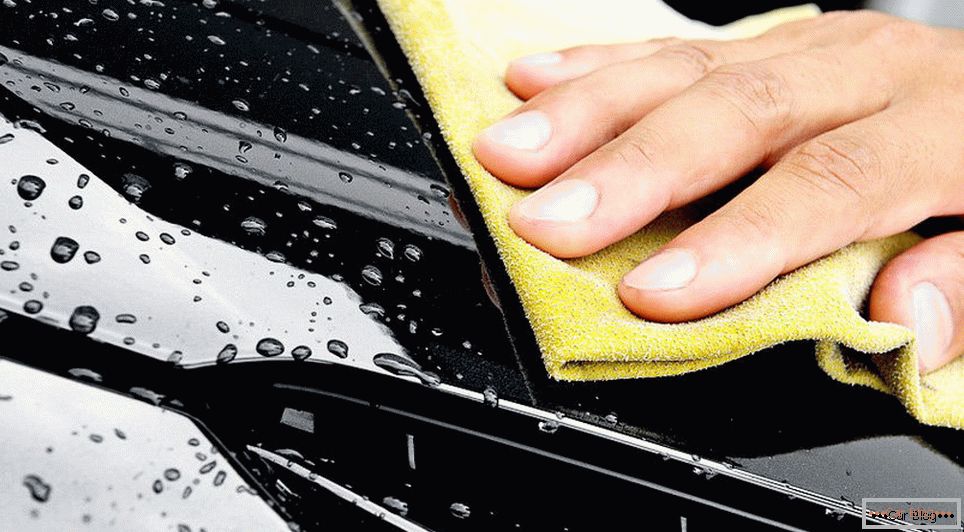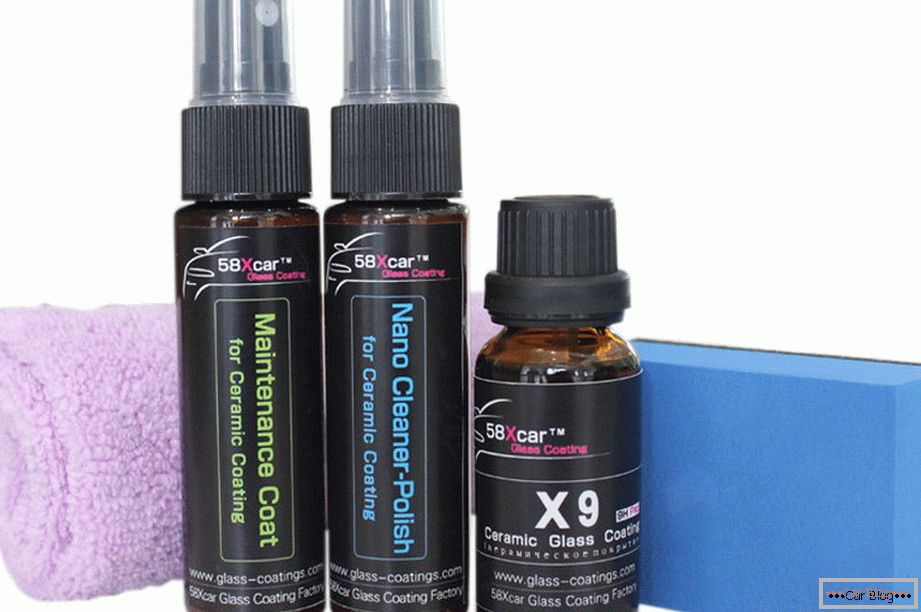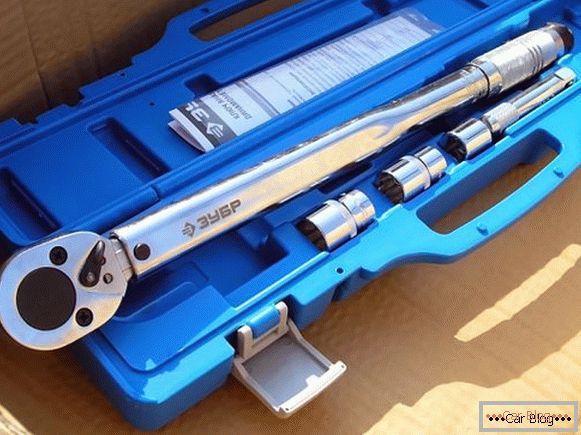>
Hearing the prefix "nano" in relation to the goods for the car, we unwittingly smile, because in the recent markets a lot of goods appeared that hid behind a big name, but turned out to be nothing more than a waste of money. What did not promise to firms using "nanotechnology": and the engine without oil, and indelible coating of glass, repelling moisture, and even reducing fuel consumption by half. However, among the products of such fraudulent firms you can find real pearls, such as the ceramic coating of cars, the pros and cons of which we will look at in this article. It really uses Nanotechnology and is indeed more effective than numerous analogues. But even such a high-class tool has its drawbacks - so you need to carefully weigh all the arguments before applying such a protective coating.

Reference material
Ceramic coating is called not because it forms a kind of “armor” on the surface of the car body, but because of its composition. Regardless of the brand of the manufacturer and the specific product, more than half of the product consists of a substance with the unpronounced name decamethylcyclopentasiloxane. It is well known to the staff of dry cleaners and workers of the enterprises of the mining and processing industry under the name of silicic acid D5. Interestingly, it does not create a high-strength car body coating, but only prepares a paint coating, improving its adhesive (adhesion) properties.
Читать далее о плюсах и минусах керамического покрытия автомобиля-->В специализированный защитный материал для авто также входят обычные моющие вещества (ПАВ), которые можно найти в стиральном порошке или средстве для очистки посуды. Их задача состоит в удалении оставшейся грязи с кузова автомобиля, поскольку она может помешать покрытию затвердеть и приобрести свои окончательные свойства. Конкретная химическая формула ПАВ зависит от производителя — на их подбор тратят очень много времени, поскольку они должны эффективно выполнять свою работу, не вступая в реакцию с другими компонентами покрытия.
The protective layer for the car body is formed from silicon dioxide, which is a quartz solution obtained using special organic compounds. To enhance it, aluminum oxide is used, which binds together the resulting crystals and promotes their uniform growth. Ceramic coating of the car body is considered to be created using nanotechnology, since it includes titanium oxide. The particles of this compound are very small, which causes significant difficulties in its production, and also allows you to use a loud name. The advantages of using titanium oxide are the possibility of giving the coating a glossy shine, but the only negative is its high toxicity.

However, some of the obtained crystals, although slowly, dissolve in water, while others are damaged when reagents hit them, which are plentifully watered on Russian roads in winter. Alkoxy is used to protect the car's ceramic coating. This organic matter creates a high-strength polymer film, which is very strongly bound to silicon crystals and ensures their reliable protection. It is the resistance of such a film to external influences that determines the service life of a high-tech vehicle coating. Of course, some manufacturers have already developed alternative formulations that differ from those described in this section, but the ceramic coating will always contain oxides of silicon, titanium and aluminum in different proportions, since they are the main active substances that create a protective layer and provide a beautiful shine.
Positive sides
If we consider the advantages of ceramic coating, then it is worth starting with its stability and durability. Wax polish is kept on the car body surface for about 1-3 months depending on the specific composition, and the coating created using nanotechnology retains its properties for about one year. Of course, manufacturers claim that their products are enough to ensure the safety of the car for three years, but this will only be true for garage storage of vehicles and trips made no more than 2–3 times a week.
At the same time, the car really acquires a uniform glossy shine, since the ceramic coating fills all the cracks and chips on the paintwork. The titanium oxide in the coating reflects light, with the result that the car seems almost new. It is almost impossible to wash the formed protective layer, since there is a polymer film on its surface - due to this, even with minor impacts, if stones and other hard objects hit, the composition retains its properties.

Simplified body care
In turn, the smoothness of the body helps to facilitate its cleaning. Since there are no large chips and cracks on the surface, it is much easier to wash a car covered with nanotechnological composition. It is enough to wash off dust and dirt from it with clean water, without using any expensive chemicals and special tools. After a long journey, the car will look much more aesthetic - it does not form a gray dusty plaque and stains left by crushed insects.
Finally, a car coating created using nanotechnology will help prevent further damage to the body. As mentioned above, it protects the paint layer from stones and other hard objects, not to mention the branches, high grass, and abrasive dust that rises from under the wheels of fast-driving cars. Nanotechnology will help avoid the emergence of new scratches, cracks, chips and other defects. Therefore, you can sell your car at a higher price if you want to buy a new vehicle.
Negative points
Considering the disadvantages of the ceramic coating, it is impossible not to mention the complexity of its application. The procedure is carried out in several stages, which contain the following work:
- Sink in the room protected from penetration of dust and atmospheric moisture;
- Thorough degreasing with sparing compounds that do not penetrate into the car paintwork;
- Polishing of all treated areas with special paste or abrasive clay interspersed with mineral particles;
- Handling cracks, scratches and chips;
- Re-polishing to achieve a mirror finish;
- Application of nanotechnological coating in 5-10 layers, depending on the composition used;
- Drying for 10-15 hours.
Experienced experts recommend doing such work in the spray booth to avoid major defects on the car body. In addition, when processing surfaces will have to use special tools - polishing machines, scrapers, pneumatic cleaners. Therefore, an independent attempt to apply the coating at home will not only be ineffective, but also harmful to the paintwork.

In addition, Nanotechnology has not yet reached perfection - and, therefore, the polymer film on the surface of the body protection is fairly easy to damage during prolonged exposure. Therefore, after applying the ceramic coating, the car should be washed very carefully, trying not to use shampoos and abrasive detergents. Since even large deposits of dirt can form on its surface, it is better to wash the vehicle at least once a week, in order not to encounter big troubles. It is also worth saying that the car cannot be washed for 10 days after the initial processing - since the protective layer has not yet acquired its final properties, it is better to hold the car in the garage if this is possible.
The main disadvantage of these nanotechnologies is their incredible high cost.  Discounts for new cars! Profitable loan from 9.9% installments 0%
Discounts for new cars! Profitable loan from 9.9% installments 0%  adom.ru. For example, the average cost of car coverage in Moscow varies between 22-30 thousand rubles. At the same time, prices for SUVs, vans, as well as large minivans and cars equipped with tuning parts like “kenguryatniki” will be even more. If you decide to apply the ceramic coating yourself, having found the necessary tools and time for this, you will need to spend 12-18 thousand exclusively for consumables. Therefore, ceramic coating in any case will be very expensive, although the results should please any motorist.
adom.ru. For example, the average cost of car coverage in Moscow varies between 22-30 thousand rubles. At the same time, prices for SUVs, vans, as well as large minivans and cars equipped with tuning parts like “kenguryatniki” will be even more. If you decide to apply the ceramic coating yourself, having found the necessary tools and time for this, you will need to spend 12-18 thousand exclusively for consumables. Therefore, ceramic coating in any case will be very expensive, although the results should please any motorist.
Are there alternatives?
Given the incredible high cost of ceramic coating for the body, many car owners prefer to continue to use wax polishes. Of course, their effectiveness is somewhat less, but the use of quality tools of the average price category allows you to spend only 3-5 thousand rubles per year, and also save by self-application. From the point of view of durability and reliability, vinyl film has the best properties, which is now gaining popularity all over the world, but its disadvantage is the specific appearance and lack of glossy shine. In addition, you can give preference to abrasive deep polishing, which lasts for about a year, but in this case the paintwork becomes thinner, and the body remains without additional protection. Therefore, if you have the appropriate financial resources, you should spend money and time on the ceramic coating of the car body.



